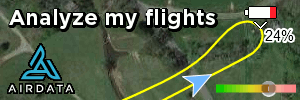Couple of questions regarding filters:
1. Which are the must have and the nice to have filters?
2. Recommendations for good quality but not outrageously priced filters.
3. I’m bad at math, so when using filters are there adjustments I must make to the shutter speed/exposure time when filming video or shooting pictures.
• please provide simple/easy to understand examples when making shutter/ speed/exposure adjustments.
Thank you.
1. Which are the must have and the nice to have filters?
2. Recommendations for good quality but not outrageously priced filters.
3. I’m bad at math, so when using filters are there adjustments I must make to the shutter speed/exposure time when filming video or shooting pictures.
• please provide simple/easy to understand examples when making shutter/ speed/exposure adjustments.
Thank you.









